Question
In: Math
Hart Manufacturing makes three products. Each product requires manufacturing operations in three departments: A, B, and...
Hart Manufacturing makes three products. Each product requires manufacturing operations in three departments: A, B, and C. The labor-hour requirements, by department, are as follows:
| Department | Product 1 | Product 2 | Product 3 |
| A | 1.70 | 3.20 | 2.20 |
| B | 2.40 | 1.40 | 2.90 |
| C | 0.45 | 0.45 | 0.45 |
During the next production period, the labor-hours available are 490 in department A, 390 in department B, and 90 in department C. The profit contributions per unit are $29 for product 1, $32 for product 2, and $34 for product 3. Use a software package LINGO.
- Formulate a linear programming model for maximizing total
profit contribution. For those boxes in which you must enter
subtractive or negative numbers use a minus sign. (Example: -300)
If constant is “1”, it must be entered in the box.
Let Pi = units of product i produced
Max ______P1 + ______P2 + ______P3 s.t. ______P1 + ______P2 + ______P3 ≤ ______ ______P1 + ______P2 + ______P3 ≤ ______ ______P1 + ______P2 + ______P3 ≤ ______ P1, P2, P3 ≥ 0 - Solve the linear program formulated in part (a). How much of
each product should be produced, and what is the projected total
profit contribution?
P1 = ______
P2 = ______
P3 = ______
Profit = $ ______ - After evaluating the solution obtained in part (b), one of the
production supervisors noted that production setup costs had not
been taken into account. She noted that setup costs are $440 for
product 1, $590 for product 2, and $640 for product 3. If the
solution developed in part (b) is to be used, what is the total
profit contribution after taking into account the setup
costs?
Profit = $ ______ - Management realized that the optimal product mix, taking setup
costs into account, might be different from the one recommended in
part (b). Formulate a mixed-integer linear program that takes setup
costs into account. Management also stated that we should not
consider making more than 195 units of product 1, 170 units of
product 2, or 160 units of product 3. For those boxes in which you
must enter subtractive or negative numbers use a minus sign.
(Example: -300) If constant is “1”, it must be entered in the box.
Enter “0” if your answer is zero.
Here introduce a 0-1 variable yi that is one if any quantity of product i is produced and zero otherwise.
Max ______P1 + ______P2 + ______P3 + ______y1 + ______y2 + ______y3 s.t. ______P1 + ______P2 + ______P3 ≤ ______ ______P1 + ______P2 + ______P3 ≤ ______ ______P1 + ______P2 + ______P3 ≤ ______ ______P1 + ______y1 ≤ ______ ______P2 + ______y2 ≤ ______ ______P3 + ______y3 ≤ ______ P1, P2, P3 ≥ 0; y1, y2, y3 = 0, 1 - Solve the mixed-integer linear program formulated in part (d).
How much of each product should be produced, and what is the
projected total profit contribution? Compare this profit
contribution to that obtained in part (c). Enter “0” if your answer
is zero.
P1 = ______
P2 = ______
P3 = ______
Profit = $ ______
The profit is increased by $ ______.
Please fill out all the blanks! Thank you!!
Solutions
Related Solutions
Hart Manufacturing makes three products. Each product requires manufacturing operations in three departments: A, B, and...
Hart Manufacturing makes three products. Each product requires
manufacturing operations in three departments: A, B, and C. The
labor-hour requirements, by department, are as follows:
Department
Product 1
Product 2
Product 3
A
1.50
3.00
2.00
B
2.00
1.00
2.50
C
0.25
0.25
0.25
During the next production period the labor-hours available are
450 in department A, 350 in department B, and 50 in department C.
The profit contributions per unit are $25 for product 1, $28 for
product 2,...
Hart Manufacturing makes three products. Each product requires manufacturing operations in three departments: A, B, and...
Hart Manufacturing makes three products. Each product requires
manufacturing operations in three departments: A, B, and C. The
labor-hour requirements, by department, are as follows:
Department
Product 1
Product 2
Product 3
A
3.00
2.00
1.50
B
1.00
2.50
2.00
C
0.25
0.25
0.25
During the next production period the labor-hours available are
450 in department A, 350 in department B, and 50 in department C.
The profit contributions per unit are $28 for product 1, $30 for
product 2,...
Hart Manufacturing makes three products. Each product requires manufacturing operations in three departments: A, B, and...
Hart Manufacturing
makes three products. Each product requires manufacturing
operations in three departments: A, B, and C. The labor-hour
requirements, by department, are as follows:
Department
Product 1
Product 2
Product 3
A
3.00
2.00
1.50
B
1.00
2.50
2.00
C
0.25
0.25
0.25
During the next
production period the labor-hours available are 450 in department
A, 350 in department B, and 50 in department C. The profit
contributions per unit are $28 for product 1, $30 for product 2,...
Hart Manufacturing makes three products. Each product requires manufacturing operations in three departments: A, B, and...
Hart Manufacturing makes three products. Each product requires
manufacturing operations in three departments: A, B, and C. The
labor-hour requirements, by department, are as follows:
Department
Product 1
Product 2
Product 3
A
2.00
1.50
3.00
B
2.50
2.00
1.00
C
0.25
0.25
0.25
During the next production period the labor-hours available are
450 in department A, 350 in department B, and 50 in department C.
The profit contributions per unit are $30 for product 1, $25 for
product 2,...
A company manufactures Products A, B, and C. Each product is processed in three departments: I,...
A company manufactures Products A, B, and
C. Each product is processed in three departments: I, II,
and III. The total available labor-hours per week for Departments
I, II, and III are 900, 1080, and 840, respectively. The time
requirements (in hours per unit) and profit per unit for each
product are as follows. (For example, to make 1 unit of product
A requires 2 hours of work from Dept. I, 3 hours of work
from Dept. II, and 2...
A company manufactures Products A, B, and C. Each product is processed in three departments: I,...
A company manufactures Products A, B, and
C. Each product is processed in three departments: I, II,
and III. The total available labor-hours per week for Departments
I, II, and III are 900, 1080, and 840, respectively. The time
requirements (in hours per unit) and profit per unit for each
product are as follows. (For example, to make 1 unit of product
A requires 2 hours of work from Dept. I, 3 hours of work
from Dept. II, and 2...
A company manufactures Products A, B, and C. Each product is processed in three departments: I,...
A company manufactures Products A, B, and
C. Each product is processed in three departments: I, II,
and III. The total available labor-hours per week for Departments
I, II, and III are 900, 1080, and 840, respectively. The time
requirements (in hours per unit) and profit per unit for each
product are as follows. (For example, to make 1 unit of product
A requires 2 hours of work from Dept. I, 3 hours of work
from Dept. II, and 2...
ABC products makes parts for car engines. three departments (A, B and C) are involved in...
ABC products makes parts for car engines. three departments (A,
B and C) are involved in the manufacturing process. The budgets for
departmental overhead costs are $25,000, $45,000 and $30,000
respectively, which are allocated to products based on direct labor
hours. Estimates of direct labor hours for each department are
5,000 7,000 and 10,000 hours respectively. The business-wide
overhead absorption rate is:
a. $3.00
b. $4.55
c. $4.81
d. 5.00
A manufacturing company makes three products, A, B, and C. The fixed FO is $60,000, consisting...
A manufacturing company makes three products, A, B, and
C. The fixed FO is $60,000, consisting of $10,000 for material
handling, material waste, and procurement; $30,000 for rent and
utilities; and $20,000 for safety and canteen costs. Other costs
are shown in Table 6.16
Product A
Product B
Product C
Number of Units Produced Per Month
(-)
250
400
900
Total Material Costs Per Month ($)
5000
8000
4000
Labor Hours Per Unit (hr)
4
3.5
1.5
Labor Rate Per...
Sonata Corporation makes three types of products—Model Z, Model EF, and Model DS. The manufacturing operations...
Sonata Corporation makes three types of products—Model Z, Model
EF, and Model DS. The manufacturing operations are mechanized and
there is no direct labor. Manufacturing overhead costs are
significant, and Destiny has adopted an activity-based costing
system. Direct materials costs per unit for each model are as
follows:
Model
Z
$93
Model
EF $88
Model
DS $127
Sonata Corporation has 5
activities—assembly, materials management, testing, inspecting and
milling. The cost driver for assembly is machine hours. Total costs
and production...
ADVERTISEMENT
ADVERTISEMENT
Latest Questions
- YOU are the financial officer at an Austrian company that wants to BUY USD 1.000.000 of...
- Please read the whole program (all the way to the bottom), Thanks in advance! Develop car...
- A)Consider the following gases, all at STP: Ne, SF6, N2, CH4. Which gas is most likely...
- Coors and Anheuser-Busch (Budweiser) are competing against each other to try to capture a larger share...
- a) How much heat is required to change a 31.3 g ice cube from ice at...
- Two hockey pucks are moving to the right with puck 1 behind puck 2. Puck 1...
- Imagine that you are in the following real life situation. You are working in the human...
ADVERTISEMENT
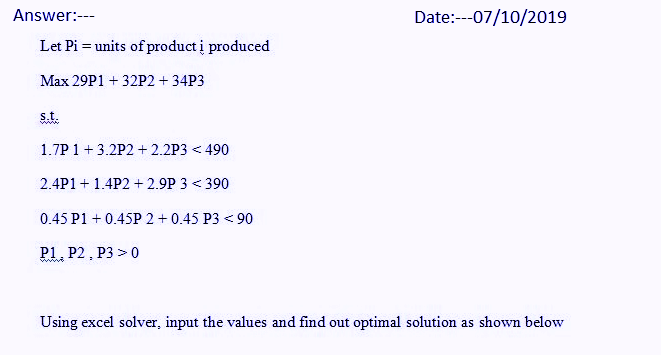
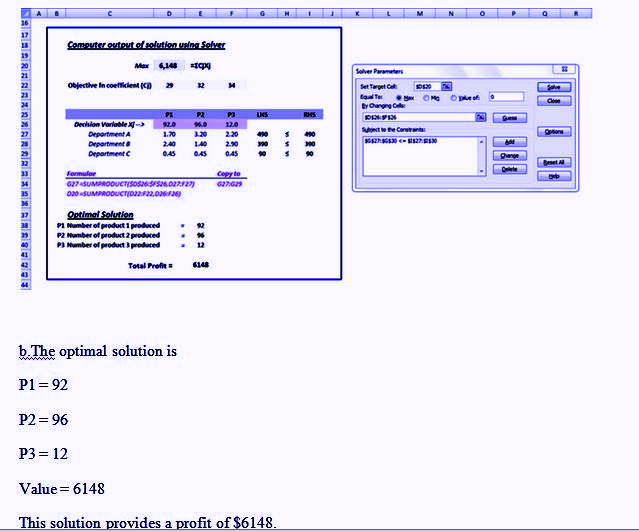
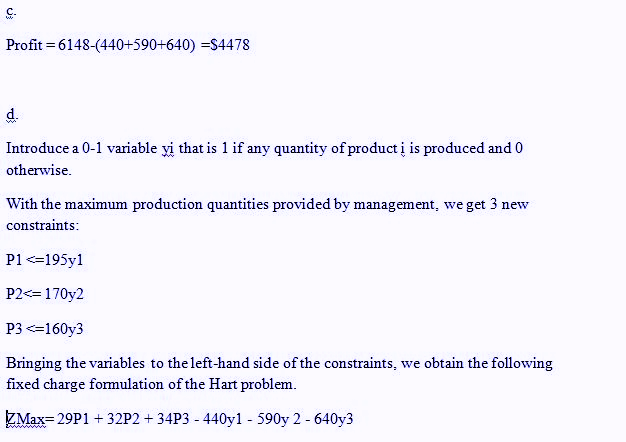
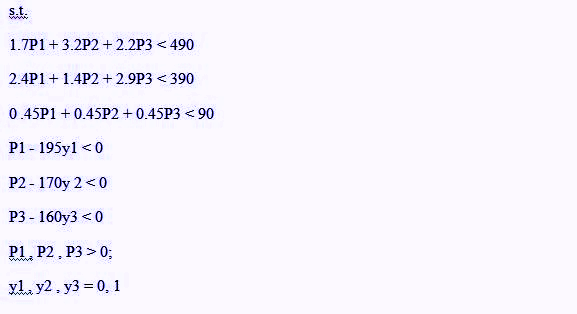
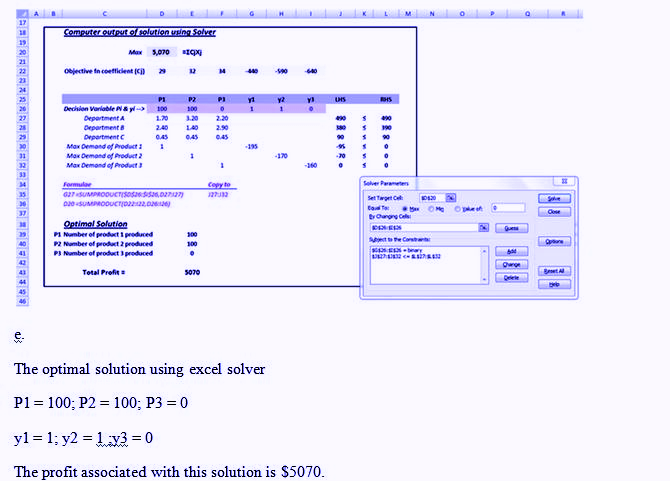
 milcah answered 2 months ago
milcah answered 2 months ago